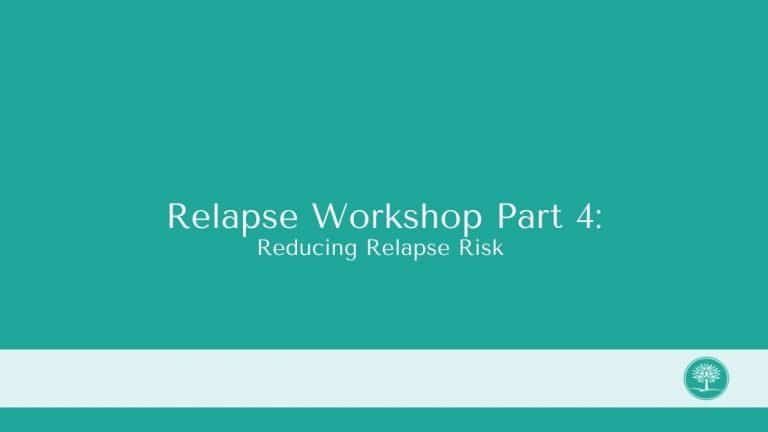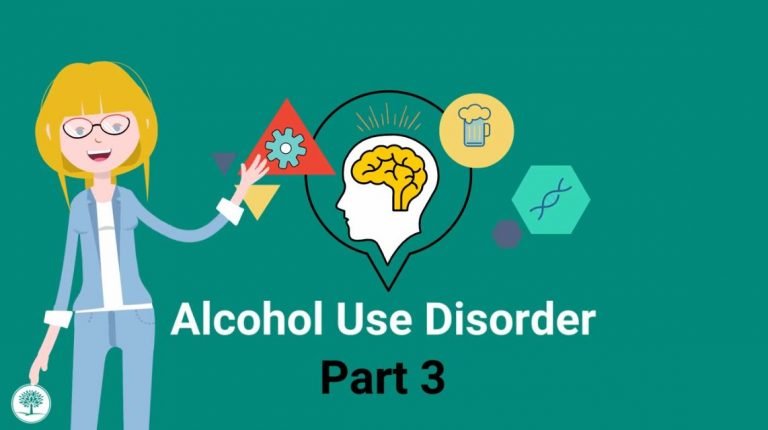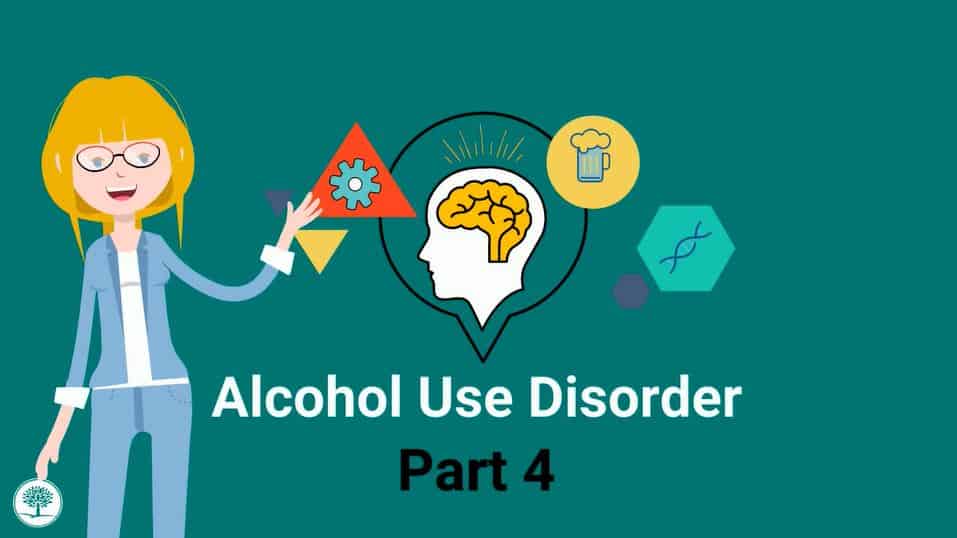Distress felt more than a month after the time of a traumatic event may be PTSD. These signs can tell you whether or not you’re experiencing PTSD or another disorder.
Estimated watch time: 8 mins
Summary:
When someone experiences post-traumatic stress, it can then progress to post-traumatic stress disorder. PTSD is characterized as distress that lasts over a month after the traumatic event.
This video provides you with ways to evaluate your experiences for signs and symptoms of post-traumatic stress and different disorders along this spectrum.
Other Addiction & Mental Health Resources
The Recovery Village has several, free resources for those living with addiction or mental health conditions and their loved ones. From videos, to clinically-hosted webinars and recovery meetings, to helpful, medically-reviewed articles, there is something for everyone. If you need more direct help, please reach out to one of our representatives.









